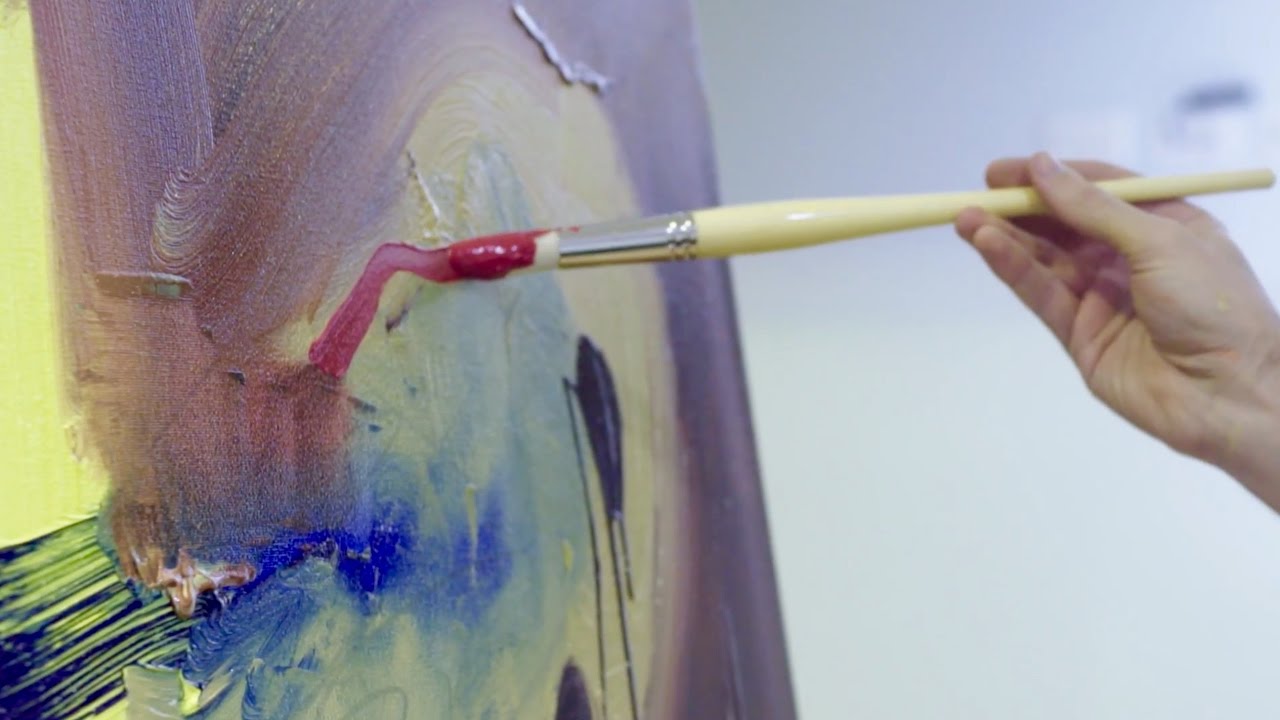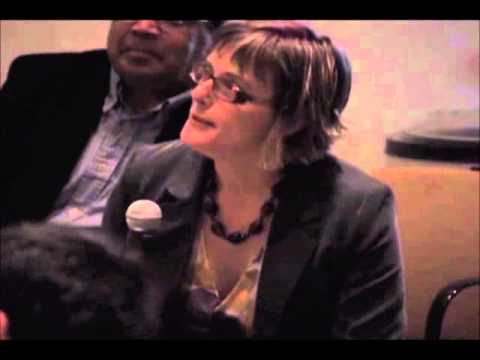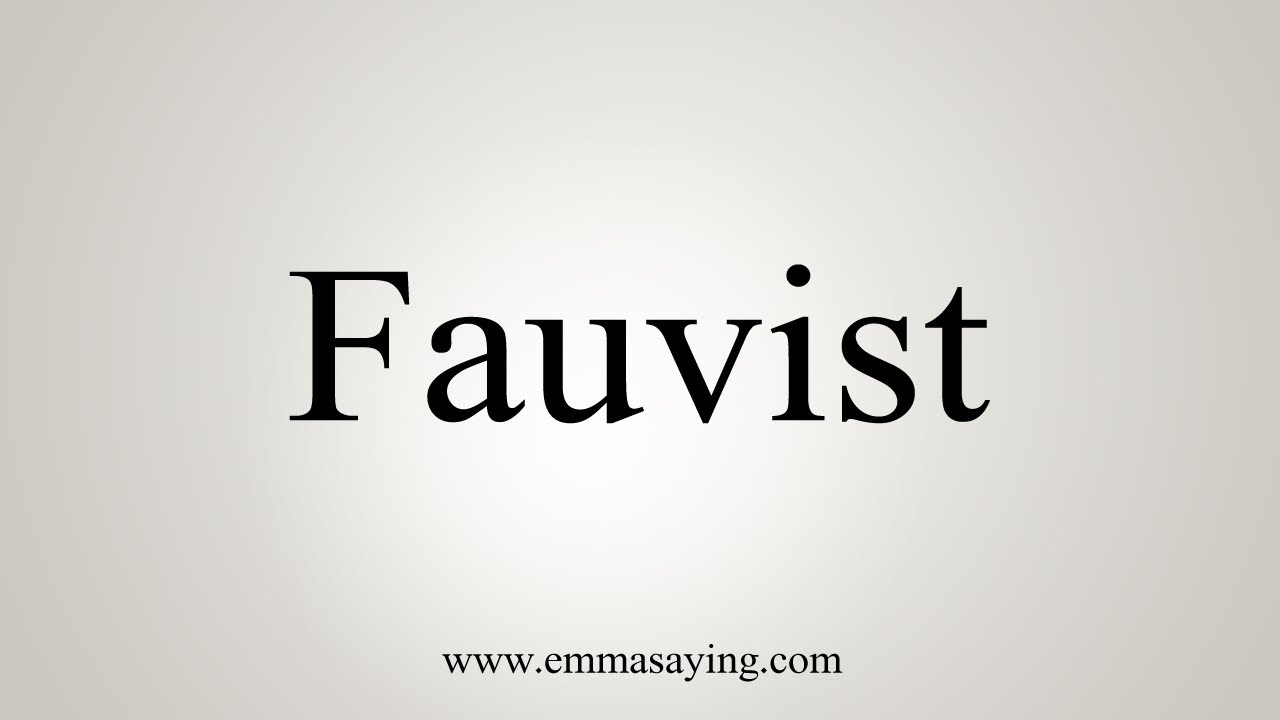The Museum of Modern Art
Learn how to paint like Willem de Kooning, one of the key artists of the postwar Abstract Expressionist style, also referred to as “action painting,” with IN THE STUDIO instructor Corey D’Augustine.
Explore the techniques of other New York School painters like Kusama, Rothko, and Pollock in MoMA’s new free, online course, “In the Studio: Postwar Abstract Painting.” Sign up: http://mo.ma/inthestudio
Subscribe for our latest videos: http://mo.ma/subscribe
Explore our collection online: http://mo.ma/art
Plan your visit in-person: http://mo.ma/visit
Commit to art and ideas. Support MoMA by becoming a member today: https://moma.org/join
Over the course of a career lasting nearly seven decades, de Kooning would work through a wide array of styles, eventually cementing himself as a crucial link from New York School painting to European modernism.
Physical labor and countless revisions were constants in his work, which ranged from abstraction to figuration, often merging the two. “I never was interested in how to make a good painting…,” he once said. “I didn’t work on it with the idea of perfection, but to see how far one could go…”
The female figure was an especially fertile subject for the artist. His paintings of women were among his most controversial works during his lifetime and continue to be debated today.
—
After conversations with The Willem de Kooning Foundation, MoMA would like to share the following corrections with our viewers:
Though many of de Kooning’s paintings have very thick surfaces relative to more traditionally approached paintings, there is no evidence of any painting that has close to the 2 inch thick surface that our video indicates.
There is no evidence that de Kooning ever had or used a six foot long brush as indicated in the video. Long brushes were given to de Kooning as gifts, and he likely experimented with them. However, he did not regularly use them. It appears instead that de Kooning often used shorter brushes, such as house painters’ brushes, and regularly walked away from the canvas to look at it from a distance.
De Kooning used underdrawings as starting points to generate ideas to explore in painting as opposed to as warming up exercise as indicated in the video.
—
Education at MoMA is made possible by a partnership with Volkswagen of America.
Featuring Corey D’Augustine, Educator and Independent Conservator.
The comments and opinions expressed in this video are those of the speaker alone, and do not represent the views of The Museum of Modern Art, its personnel, or any artist.
#art #moma #museum #modernart #artist #paint #painting #howtopaint #learntopaint #abstract #dekooning #willemdekooning #abstractart #modernism #modernist
Source




Tune in for a live Q&A with Corey on Wednesday, February 7 at 3:00 p.m. EST! He’ll be answering any questions you might have on artists, materials, and techniques. https://youtu.be/OxS8X_V6TCU
very easy
When painting large gestural paintings it helps to be able to see the whole canvas as you paint. DeKooning use brushes that were specially made for him with handles that were over two feet long. (see YouTube doc on the artist)
Corey looks like Drake from the future after tanking his music career.
I still prefer Helen Frankenthaler to de Kooning or Pollock.
I asked before but nobody answered, so I'm going to ask again just in case I receive an answer. Why a 'How to paint like Pierre Brassau' is not done? Or Bob Ross?
Waste of paint, not hard feelings
I like this!!!!!!
That looks nothing like de kooning
wow…you explain something that does not make sense so well that it sounds sensible ..amazing
Nothing against the video or teacher but those are the UGLIEST colours I could imagine being used together, it actually makes me nauseous.
Hahaha is that ur best abstract painting
Oh, I don't want to paint like Willem de Kooning, I am afraid.
Finished product looks good. Adding the yellow on the right side made it doable!
My five year old said the painting is a rat playing a piano at a wedding.
How to paint like Willem de Kooning. Ok but why would anyone want to?
I am Inspired Thank You
he just likes critasisem ..
I need a How to paint like Elaine de Kooning
i want to rub all the wet paint onto my hands and slather it on my face
Okay I don't understand this kind of paintings 🙃
he should have stopped at 10:00
he articulates de kooning as if he was italian
Anyone else want happy clouds?
My heart is not fine with all the squeezing there XoX
I also mix paint with the brush and sometimes with a spatula, it depends on my mood. I believe that there's no RULE for mixing paint, you can even mix it with your finger. Art gives you that, the power to choose what is most comfortable 🙂
Why does he remind me of Alex Honnald? That rock climber
You can really see the thoughts of his actions in this messy painting
Where is a painting?
Add a bamboo stick on the back of your brush for a long brush. Also, use gloves when painting! Much of the pigment is poisonous and you don’t want it on your hands!
Best into mix oil and turp well first, then mix with the paint. That way you avoid oil globs in your paint which makes big shiny spots in your work.
nice vocabulary range and interesting to see how DeKooning-esque those charcoal gestures are
I don't want to paint like him.
I want to paint like me.
Actually, I do paint like me. Something nobody else does. 😎
this is what happens when i test my new pallete knife
video starts 7:00
I really like the metacognative dialogue. Many art demos do not explore what's going on in the mind or not… but views have those questions and this video provides those insights.
How do I make paint stay looking wet. I don't like the way paint looks when it dries. Is there an additive I need to mix in with the paint. Are there certain paints better at this? Special technique? I want to keep it looking like it does when I squeeze it out of the tube. I am brand new to painting, but it does seem that artist who glop on tons of paint tend to achieve this? Pollock? PLEASE HELP
Hello! I recently opened my art chamber, if you want you can see one of my videos. Always if you like it.Thanks. https://youtu.be/nxJD4U0Fpf0
Oil paint for $300, bowls and brushes for $1.
I really enjoyed watching this process!
Can you use this technique with acrylics?
I use canvas size 7ft x 6 ft. I have been painting abstract oils for decades and I find this painting only a waisted mixups of blobs of paint that are muddied. I myself when creating an abstract, wait several days until the paint has dried to achieve an overlay of bright and brilliant color. As for using an extremely large amount of paint as in this video…. it’s truly an agonizing seen. You are able to use a palette knife with minimal paint and linseed oil to achieve dramatic impact.